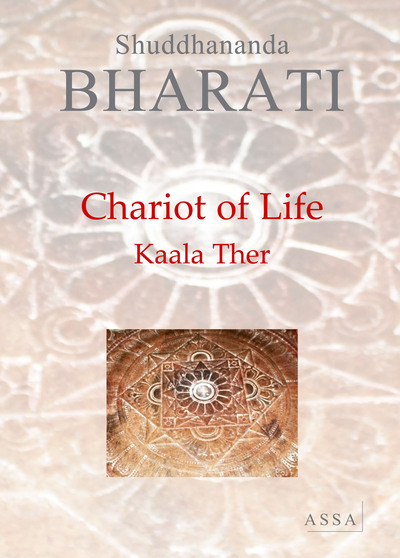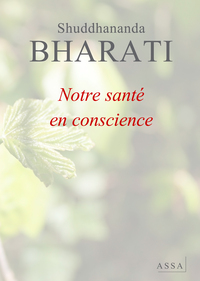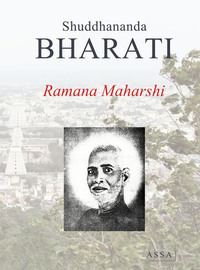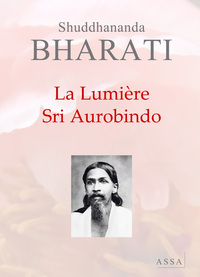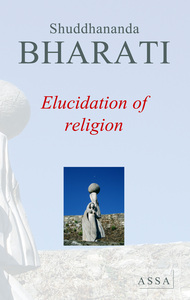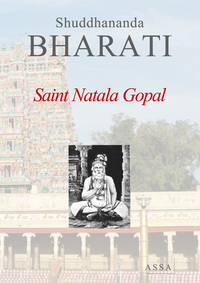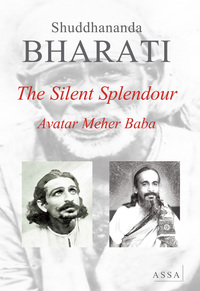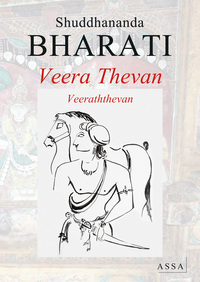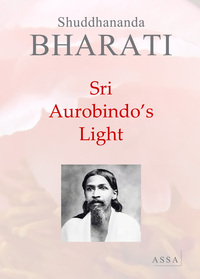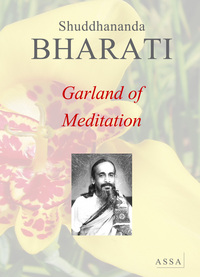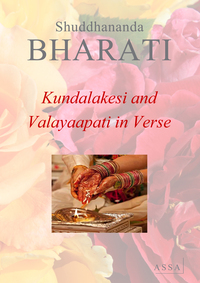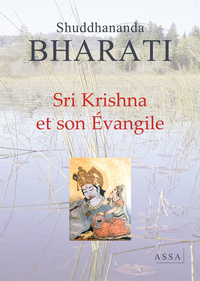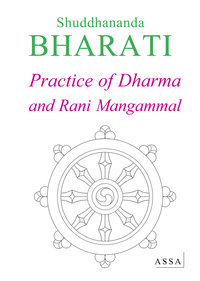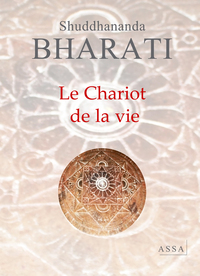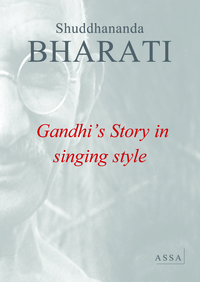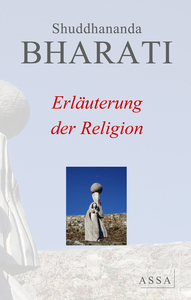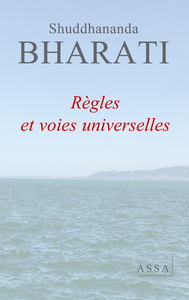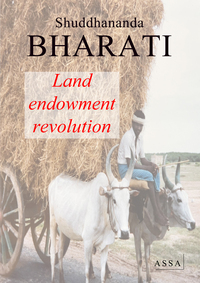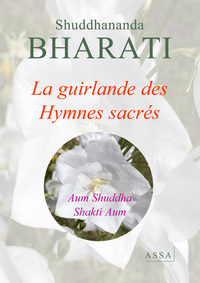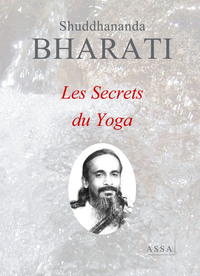Nous utilisons des cookies pour améliorer votre expérience. Pour nous conformer à la nouvelle directive sur la vie privée, nous devons demander votre consentement à l’utilisation de ces cookies. En savoir plus.
CHARIOT OF LIFE, KAALA THER - THE CHARIOT OF LIFE, THIS STEADY STREAM, THIS CAROUSEL CONTINUES TO TU
Assa - EAN : 9782940393695
Édition papier
EAN : 9782940393695
Paru le : 14 avr. 2015
18,50 €
17,54 €
Disponible
Pour connaître votre prix et commander, identifiez-vous
Notre engagement qualité
-
 Livraison gratuite
Livraison gratuite
en France sans minimum
de commande -
 Manquants maintenus
Manquants maintenus
en commande
automatiquement -
 Un interlocuteur
Un interlocuteur
unique pour toutes
vos commandes -
 Toutes les licences
Toutes les licences
numériques du marché
au tarif éditeur -
 Assistance téléphonique
Assistance téléphonique
personalisée sur le
numérique -
 Service client
Service client
Du Lundi au vendredi
de 9h à 18h
- EAN13 : 9782940393695
- Réf. éditeur : 080
- Collection : COLLECTION ASSA
- Editeur : Assa
- Date Parution : 14 avr. 2015
- Disponibilite : Disponible
- Barème de remise : NS
- Nombre de pages : 207
- Format : 1.50 x 14.80 x 21.00 cm
- Poids : 310gr
-
Résumé :
Author’s notes about the play
The Tamil language should prosper, and should spread all over the world like English. Original works should be written in Tamil and these should be translated into other languages and catch the foreigners by surprise. For a language to grow, poetry and drama are the two essential literary tools which should be developed. English language was immortalised by the works of poets like Shakespeare, Milton, Shelley and Byron. The literary fame of French spread the world over due to dramatists like Victor Hugo. German language was enriched by the poets of the ilk of Goethe. Goethe came to know of Sanskrit mainly due to Kalidasa’s Shakuntala. From the charming Shakuntala, Goethe described a flower of spring. All the above poets dramatised their works in verse form. The English plays consist of free style verses, but the French and German plays are written in rhyming meters. Even a boy of fifteen years of age learns those plays well. The western world is very appreciative of poetic dramas; for, of all the literary forms, the versified drama is easily the best (A popular Sanskrit adage about Kalidasa’s play says: Kavyeshu Natakam Ramyam Tatra Ramya Shakuntala; among the literary forms drama is most charming and among the dramas Shakuntala).
Editor’s Notes
There are several flowers and fruits in the literary grove of Shuddhananda Bharati that attract attention. The chariot of life, this steady stream, this carousel continues to turn, like a ride... with the sound of music boxes in the street... joys, suffering without names... In this play, all roles in the evolution coexist to achieve Jyoti, the clarity, the light of freedom, peace and serenity radiating within Self.
Rotating carousel... forward for a carousel ride.
It is a real pleasure for me to present Chariot of Life to you. We have much to learn from this wonderful text! Thank you to Dr. Shuddhananda Bharati for having transmitted Chariot of Life to us. With the blessing of Aum Shuddha Shakti Aum.
Editions ASSA, Christian Piaget -
Biographie :
Presentation of Dr. Shuddhananda Bharati 11th May 1897 – 7th March 1990
The wise one to the cosmic age.
Although more than 90 years old, in his school in the south of India, Kavi Yogi Maharishi (great divine visionary, wise poet), Dr. Shuddhananda Bharati worked like a young man of twenty. When he was asked his age, he answered: “My age is Courage!”
The Yogi wrote several hundred works in English, French, Tamil, Hindi, Telugu and Sanskrit: five thousand songs, and fifteen hundred poems in French. The magnum opus of the man conscious of the presence of God in him, Bharata Shakti, (in 50,000 verses) described his ideal: only One Humanity living in communion with only One God in a transformed world! Bharata Shakti is a monumental and unique work. The Yogi depicts the essence of all the religions, of all the prophets and saints, all the approaches of Yoga and all the cultures on an allegorical table. It is a book for any age which all spiritual researchers and all nations should read and meditate on. This work was completed and appreciated by Sri Aurobindo, the Mother, Mahatma Gandhi, Rabindranath Tagore, Romain Rolland, Annie Besant, Bertrand Russell, George Bernard Shaw and so many others. It installs the author among the great, men such as Dante, Homer, Racine, Shakespeare, Vyasa, and Valmiki.
Dr. Shuddhananda Bharati is one of the greatest Tamil poet, having translated into this language: Gita, Upanishads, Veda, the Bible, the Koran, Avesta, the Buddha-Dhamma-Sangha and Tattvartha Sutra, the life and teachings of Lao-Tseu and Confucius. From their original languages, he also translated into Tamil The Divine Comedy of Dante, the tragedies of Racine, the comedies of Molière, the dramas of Corneille, Shakespeare, Goethe and the novels of Anatole France, Victor Hugo, Alexandre Dumas and others.
Shuddhananda’s works are innumerable. Malcolm Macdonald, who chaired the Congress on the Unity of the Conscience in Singapore, said in his short speech about him: “He is such a remarkable man, having such a diversity of raised gifts, that it is difficult to know where to start and where to finish when one speaks about Kavi Yogi Dr. Shuddhananda Bharati. Few men have achieved as many things in only one human life.” His name appears moreover in the Encyclopaedia of the World’s Great Men, which says: “Dr. Shuddhananda Bharati is the author of literary works of varied styles: works epic and lyric, melodramas, operas, comedies, pastoral, romance, novels, biographies, commentaries on famous works and texts. Bharata Shakti is his magnum opus.” He had a presentiment that he would receive the Nobel Prize for Peace or for Literature but did not live to see it. His commitment is summarized in his book celebrating his life, “Experiences of a Pilgrim Soul (Expérience d’une Âme de Pèlerin)”.
God I loved and lived in him,
Making His commandment
Leave to Man his entire talents
This is my will! Dr. Shuddhanananda Bharati
Editions ASSA, Christian Piaget

